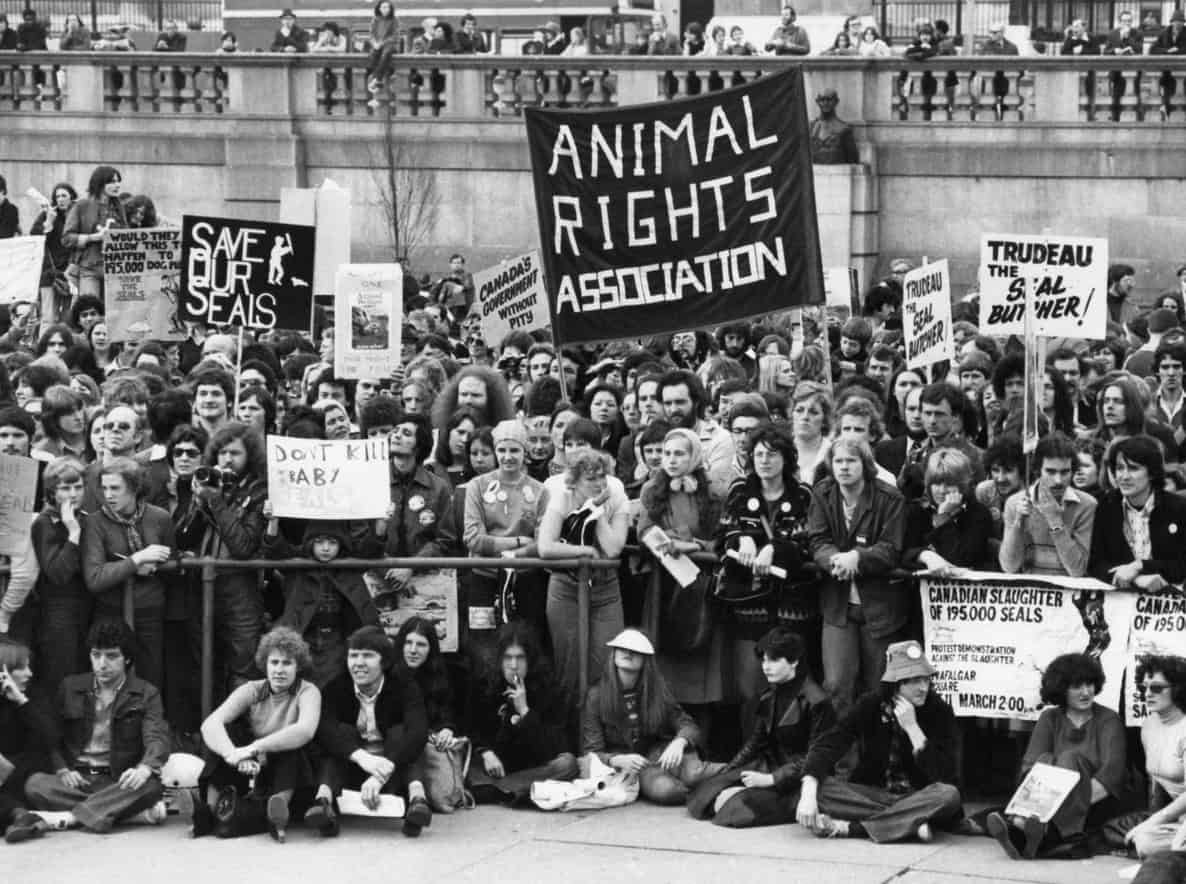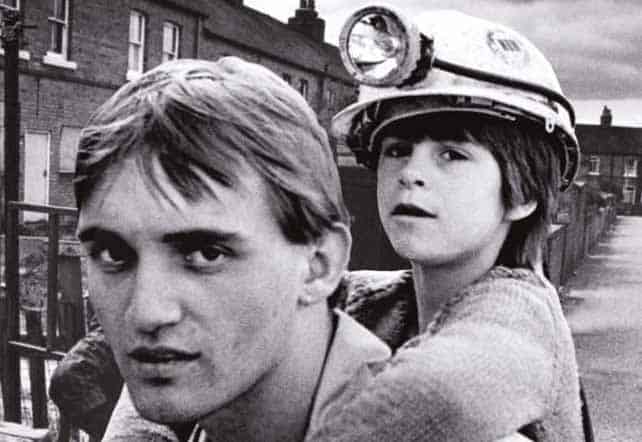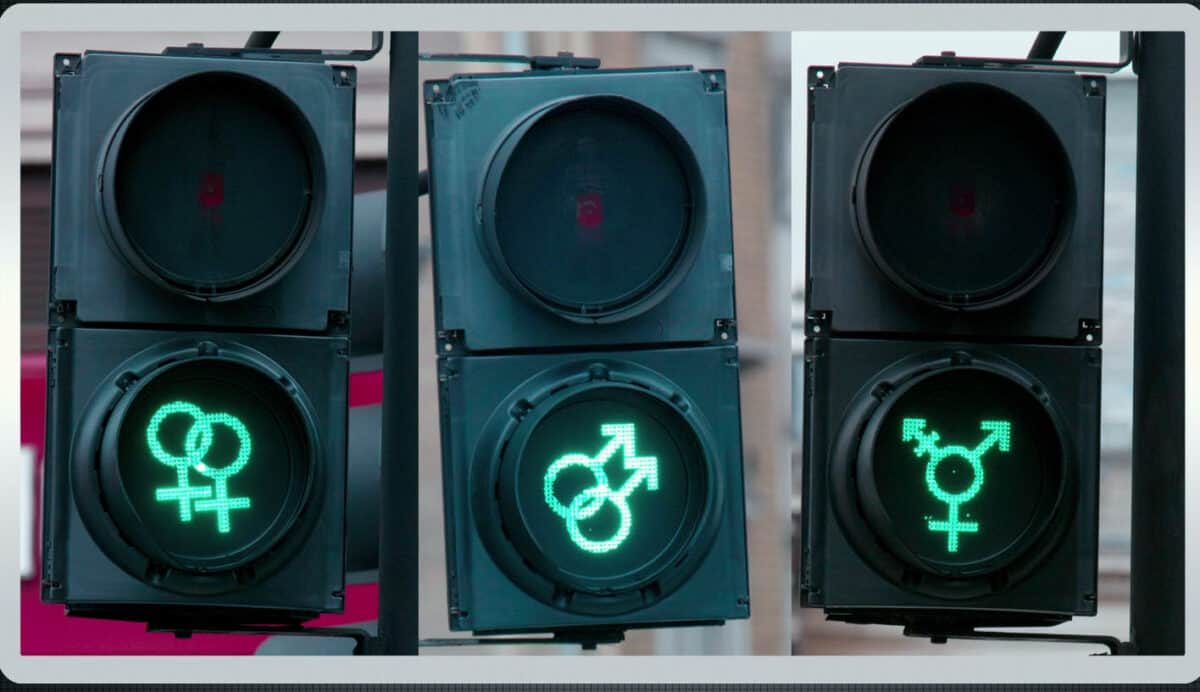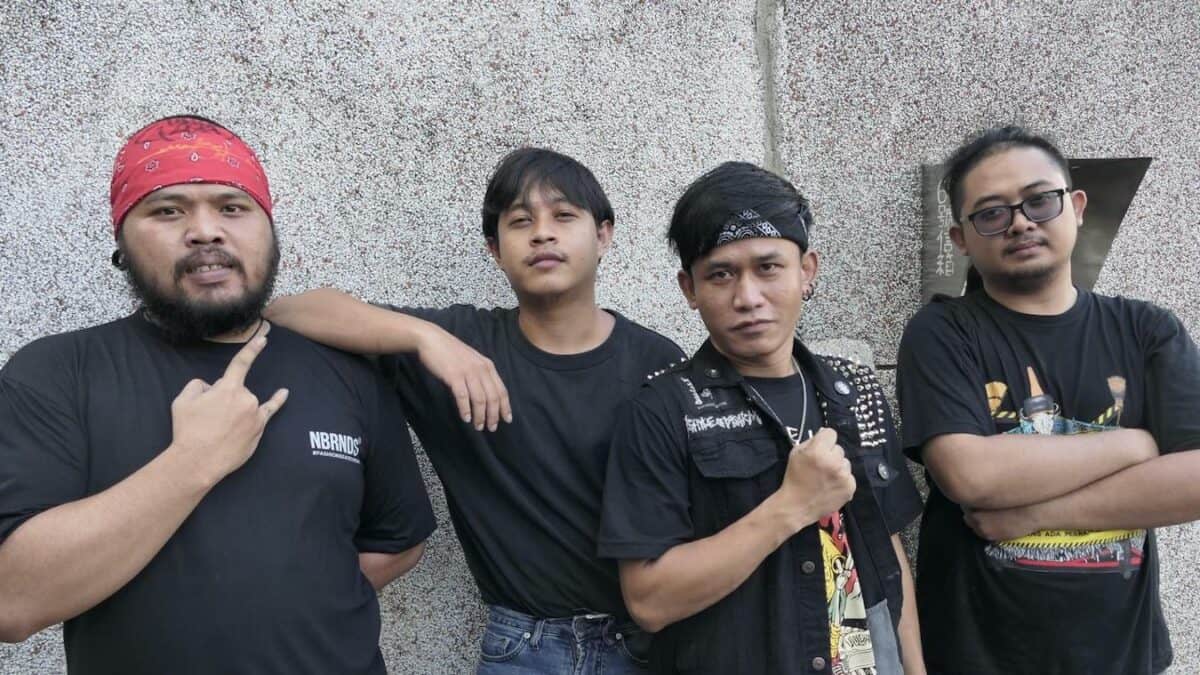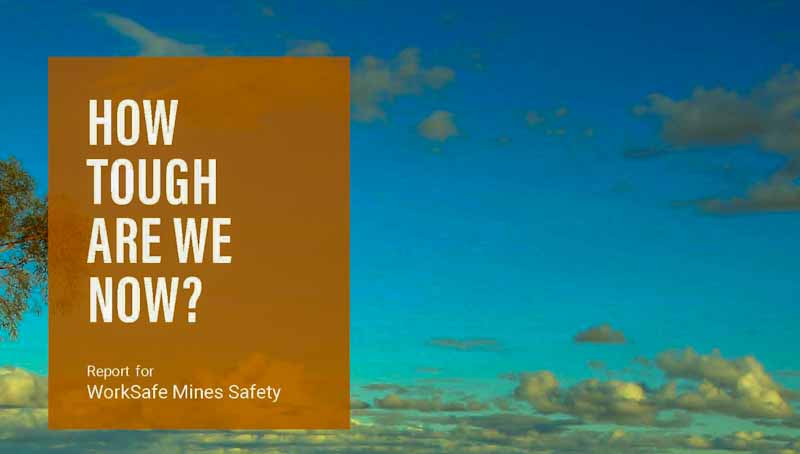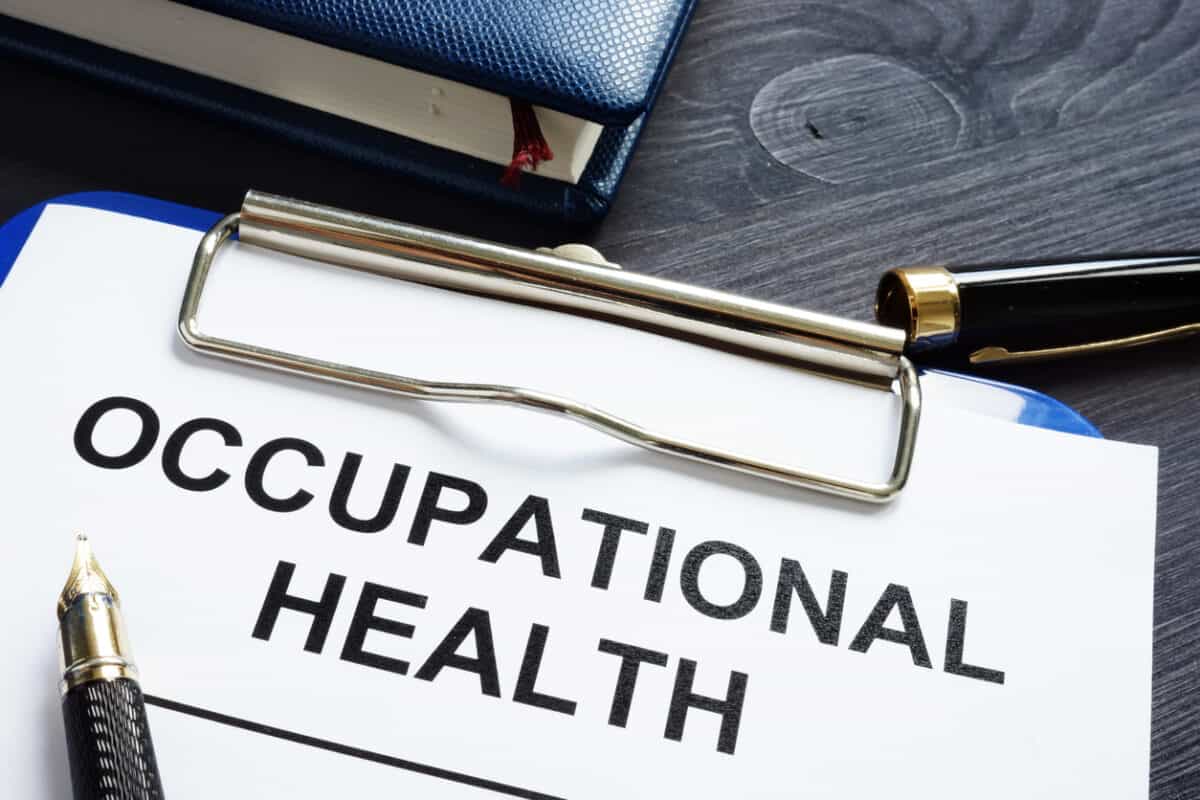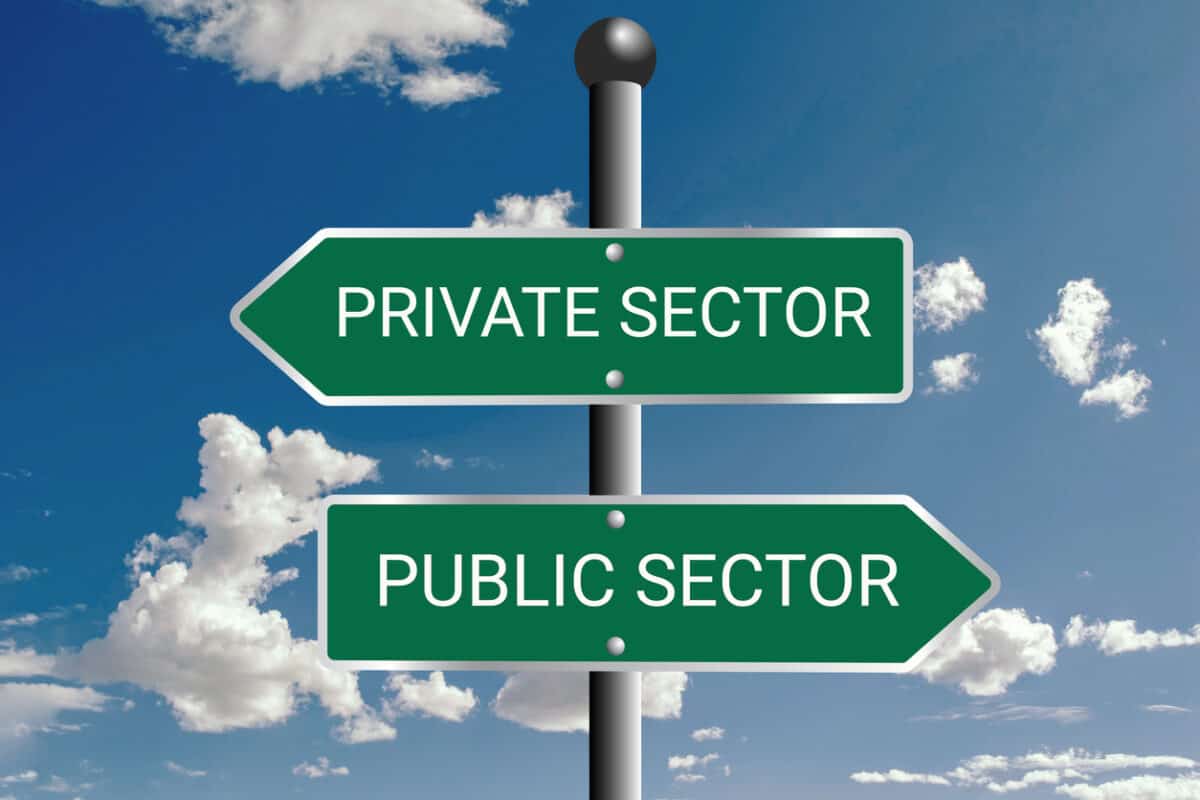A whole generation of workers has grown up believing that if they are having a hard time at work, if they are not coping with the workload or the sexual advances of their boss, or their difficult workplace, or the discrimination they feel about their gender or their sexuality, that it’s their fault, and it’s their problem, and therefore, it’s their role to solve and fix it. But there were generations before the current one, and I’m from one of those earlier generations. When I started work, there was good work and safe jobs, and there were social movements for women’s rights, and then gay rights and dignity at work, and respect at work. It was far from a paradise, but there was exciting progress and lively, challenging debates and social protests. A little of that passion has returned this decade, but more is needed.
Category: gender
“Backbone of the Nation” and safety
In 1984 I was in England during the miners’ strike, a period of profound social and political change in the United Kingdom. The politics of that period have always fascinated me, but my profession has also caused me to look at some of the attitudes to occupational health and safety (OHS). While holidaying recently in the UK, I purchased Backbone of the Nation, looking at both the politics and safety.
Effective safety signs
Safety signs can be a mix of symbols, colours and words. On a recent vacation in the United Kingdom, I saw a configuration of pedestrian crossing signs that challenged my interpretation of signs I had seen since I was a child. I wondered if this new configuration still communicated the essential safety message.
Making Noise – Asian migrant workers
Racism is a word increasingly thrown around these days, the most current incarnation being in the controversy surrounding whether or not to allow Australia’s indigenous peoples a formalised Voice to Parliament.
Unfortunately, Australia has no patent on this illogical and offensive tendency. In Asia, it is often aimed at other Asian races of what is perceived as lower social class.
“..what it means to act like a man and what it means to work safely..”
Ten years ago, I was enlightened by a presentation on masculinity and occupational health and safety (OHS) by Dean Laplonge at a safety conference in Canberra. He has continued researching that interconnection, and visiting WA and recently released his latest report written for WorkSafe WA after a series of “roadshows”.
After years of scandals in what has been described as the epitome of toxic masculinity, the West Australian mining industry claims to have changed its culture and created a psychologically safer work environment. Culture-As-Usual was not an option after multiple exposures of work-related suicides, sexual assaults, and harassment uncovered by independent and parliamentary inquiries. Laplonge revisited Western Australia and reported on the progress.
“occupational health is distinct from safety”
Professors Helen Lingard and Michelle Turner have just published a book that was long in development called “Work, Health and Wellbeing in the Construction Industry“. The best advice for reading this book is, for most readers, to ignore the construction context. This book is extremely topical for all industries in Australia as it considers gender, well-being, psychosocial hazards, working hours, resilience and more, but most importantly health.
OHS and the weekend newspapers – 1
This is the first of, hopefully, many articles about what some of the weekend newspapers and media say about issues related to occupy national health and safety (OHS). It will not be comprehensive but short takes on what I see in the newspapers.
[Note, the article below mentions suicide and workplace bullying]
Workload and Suicide
It has been a year since an employee of the Victorian Building Authority, Rob Karkut, died by suicide. According to The Age (May 13, 2023, [paywalled] his suicide occurred:
“…amid intense pressure from the authority’s managers to meet ambitious inspection targets. A litany of failings within the organisation have been exposed since his death.”

